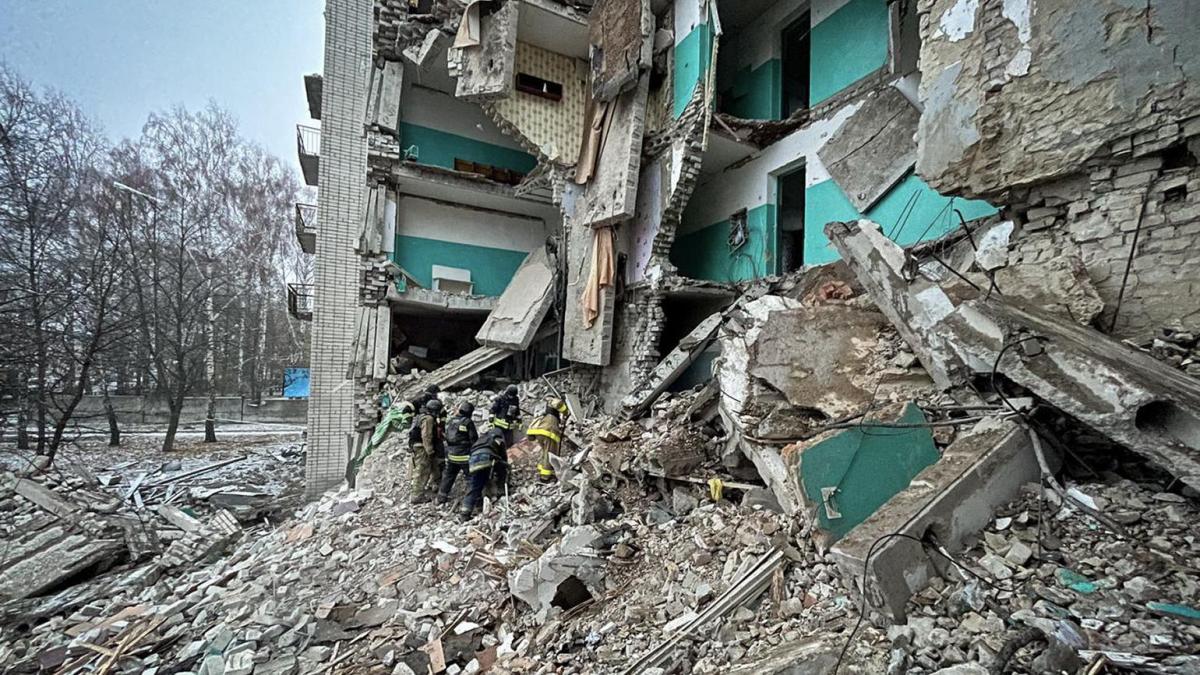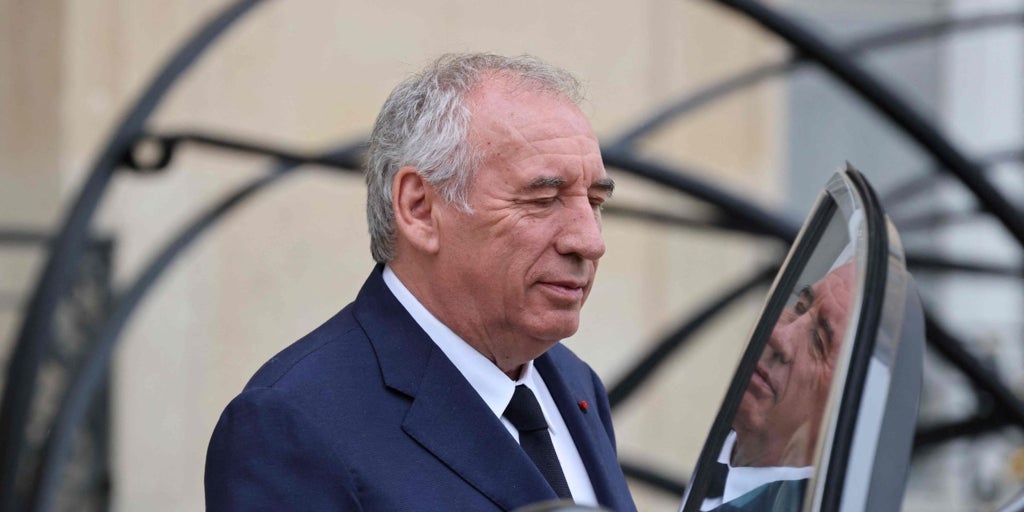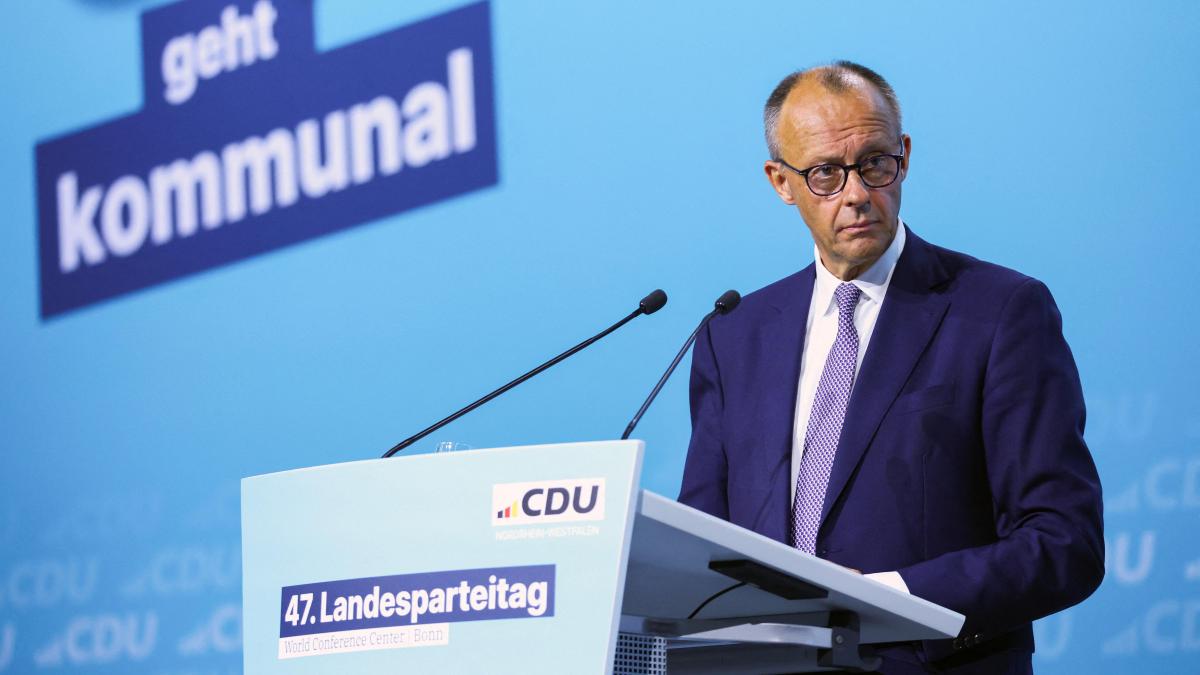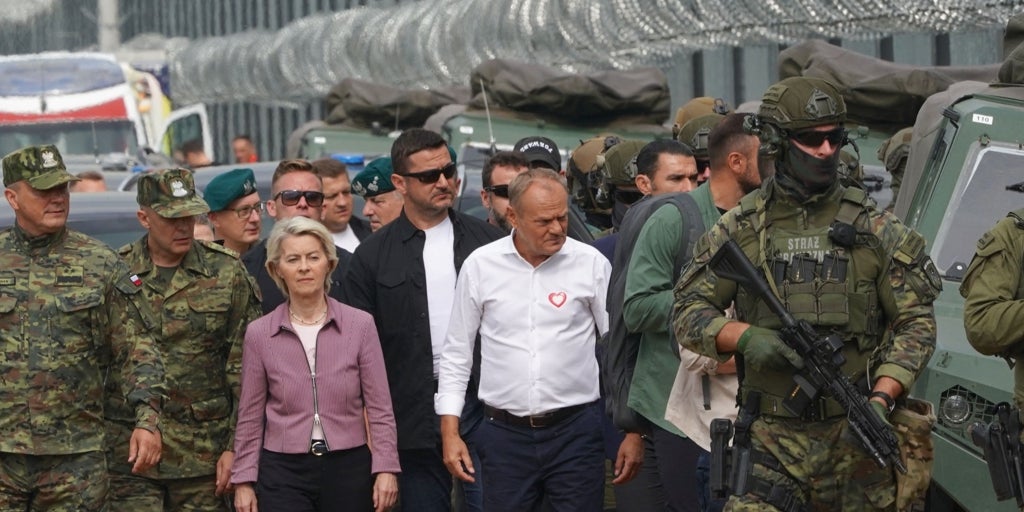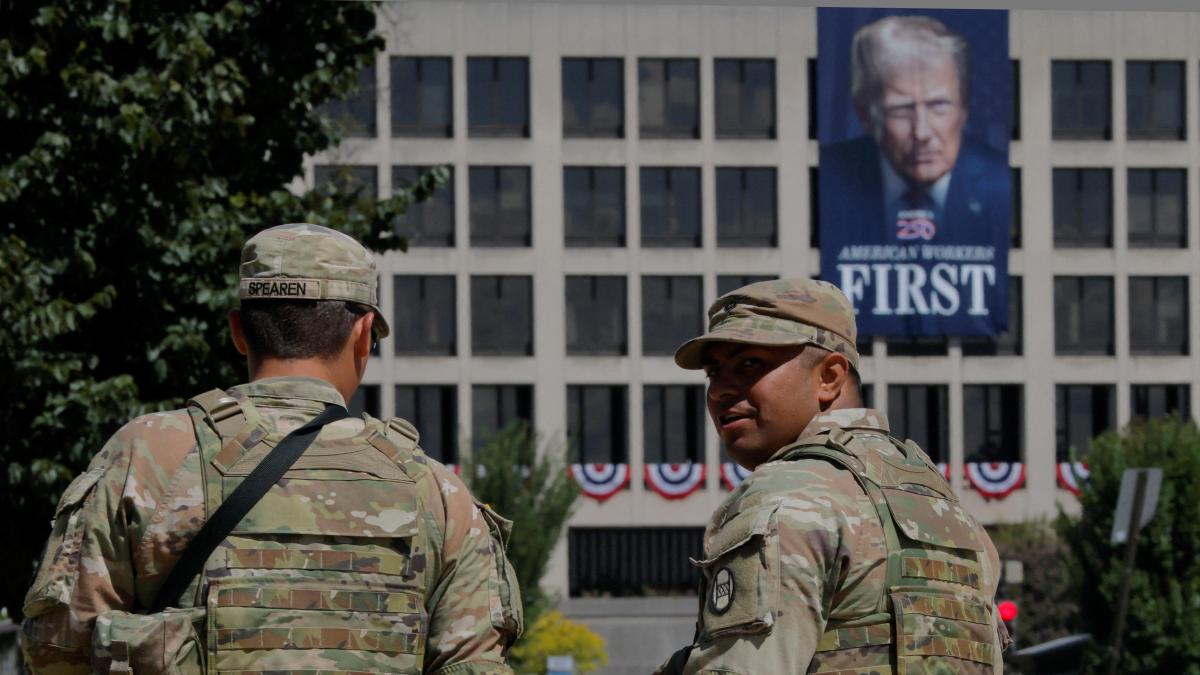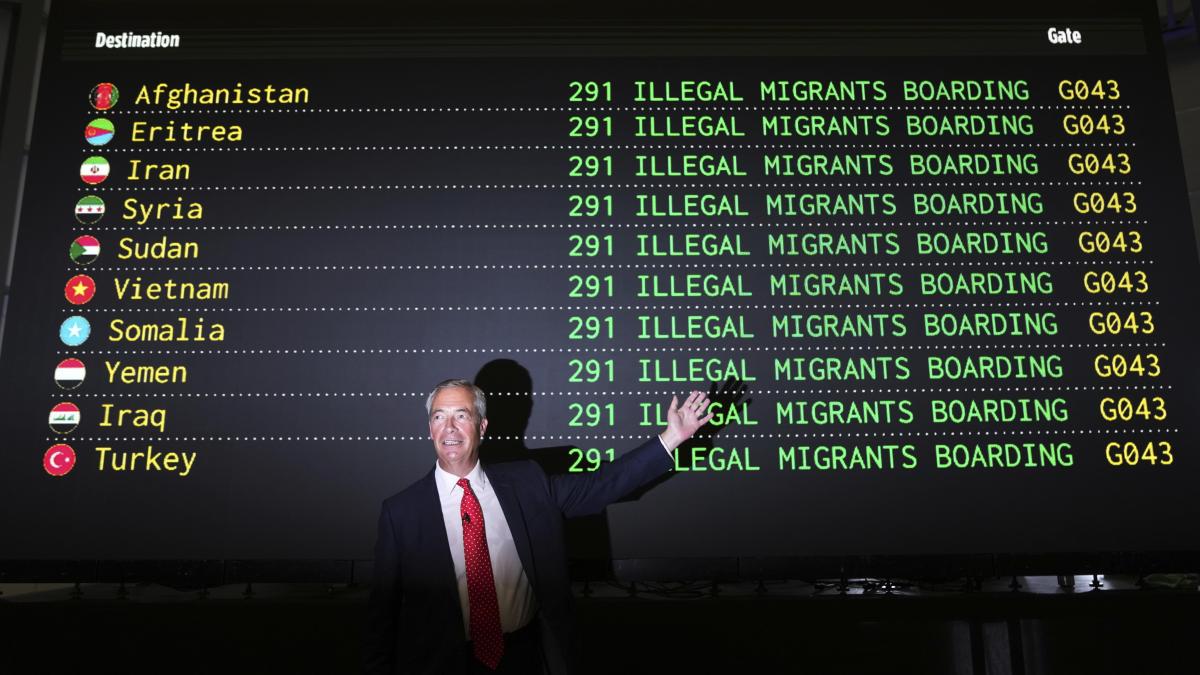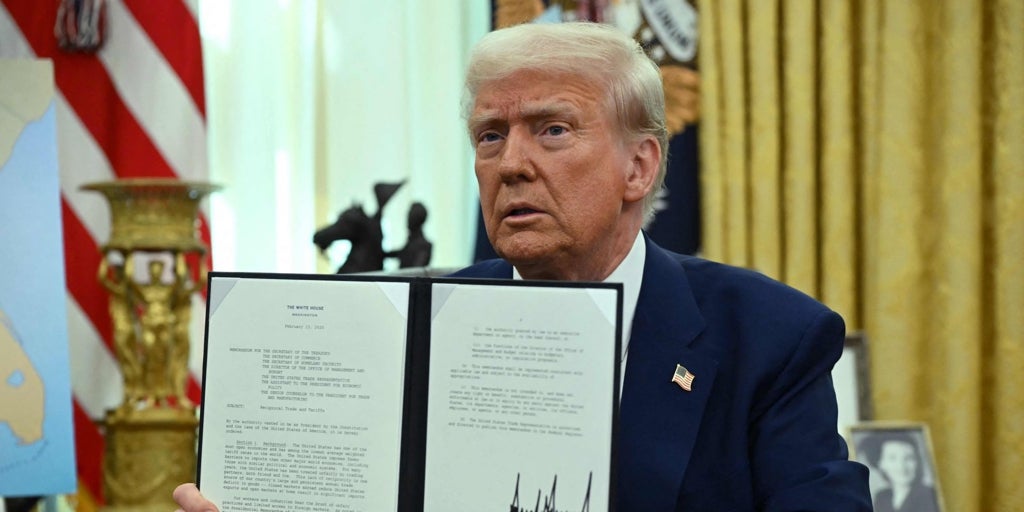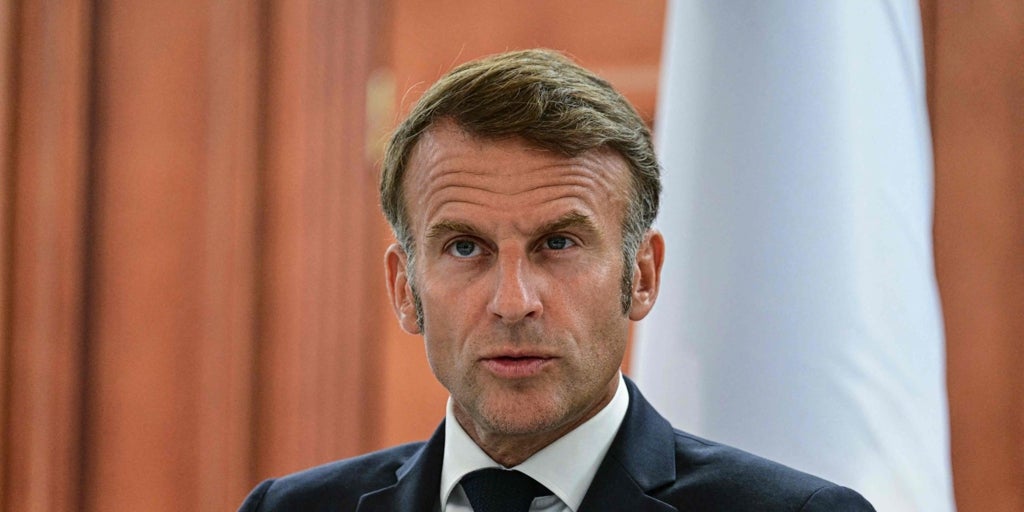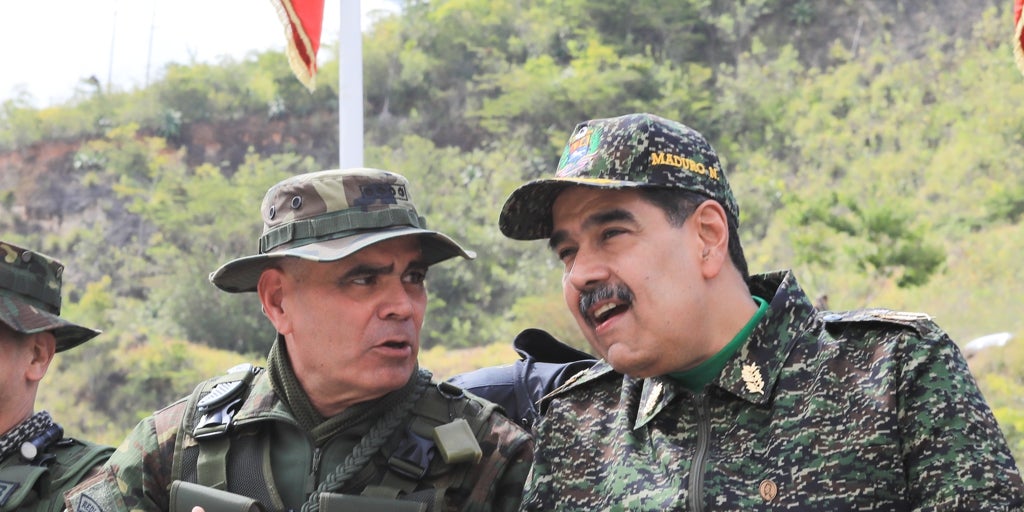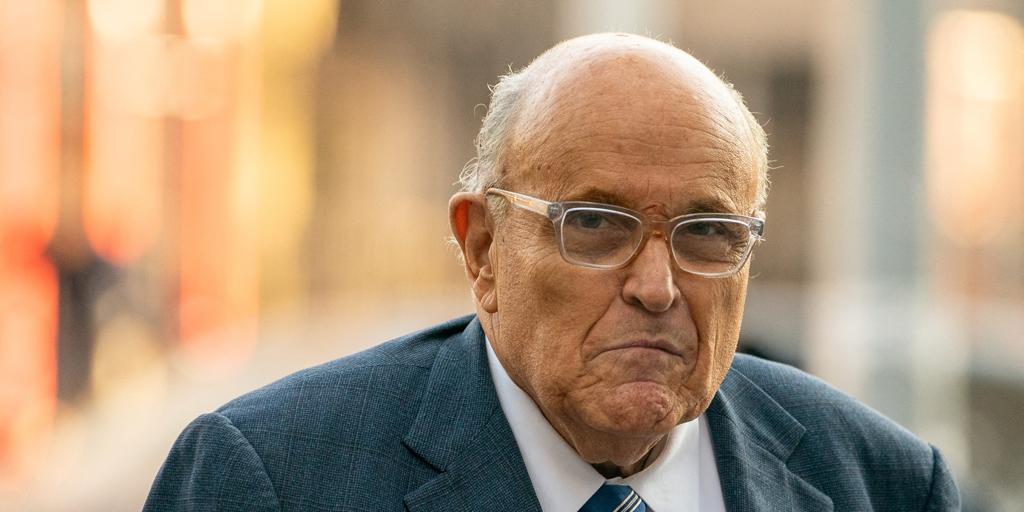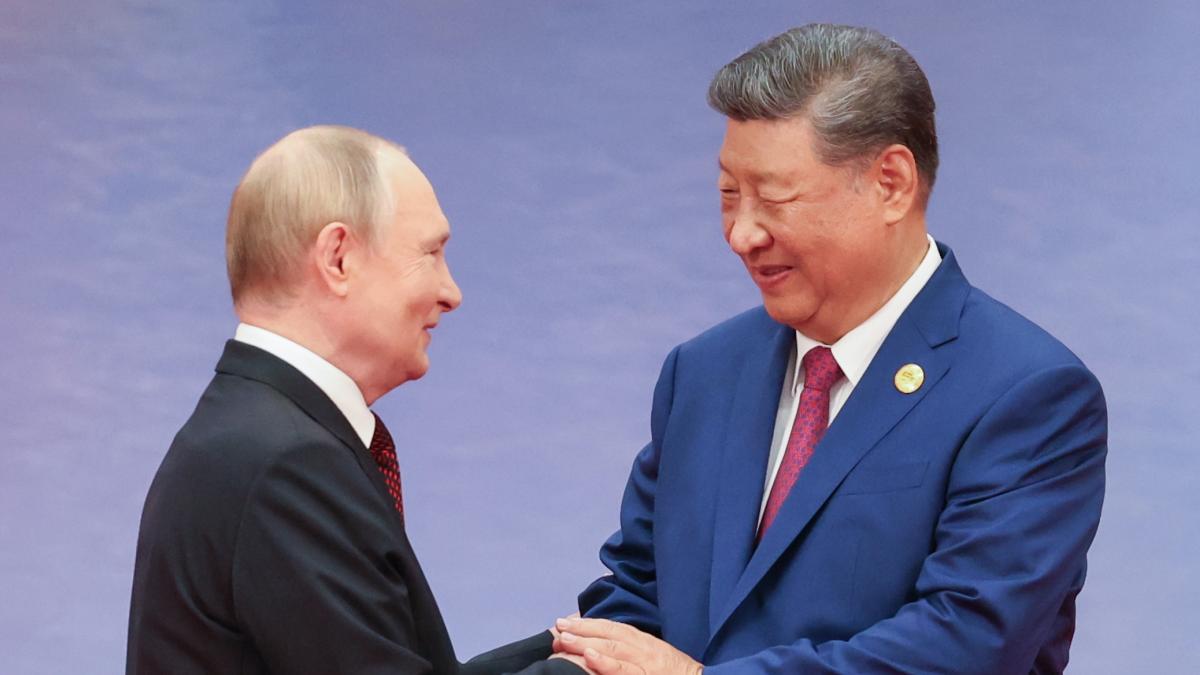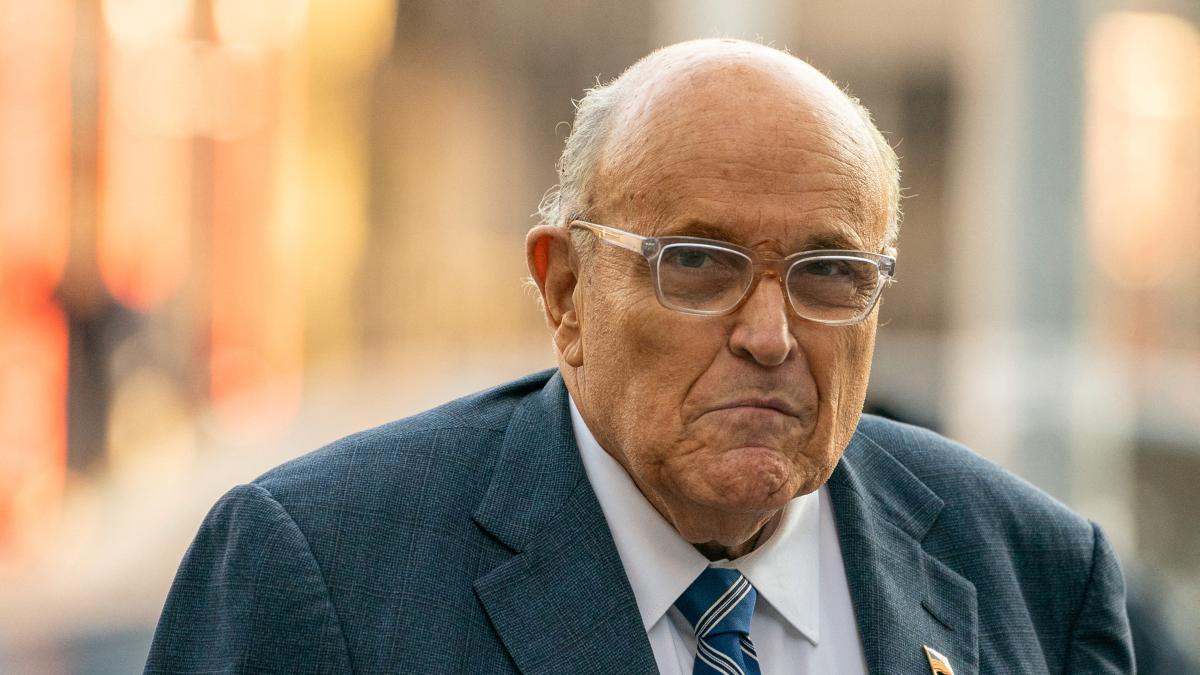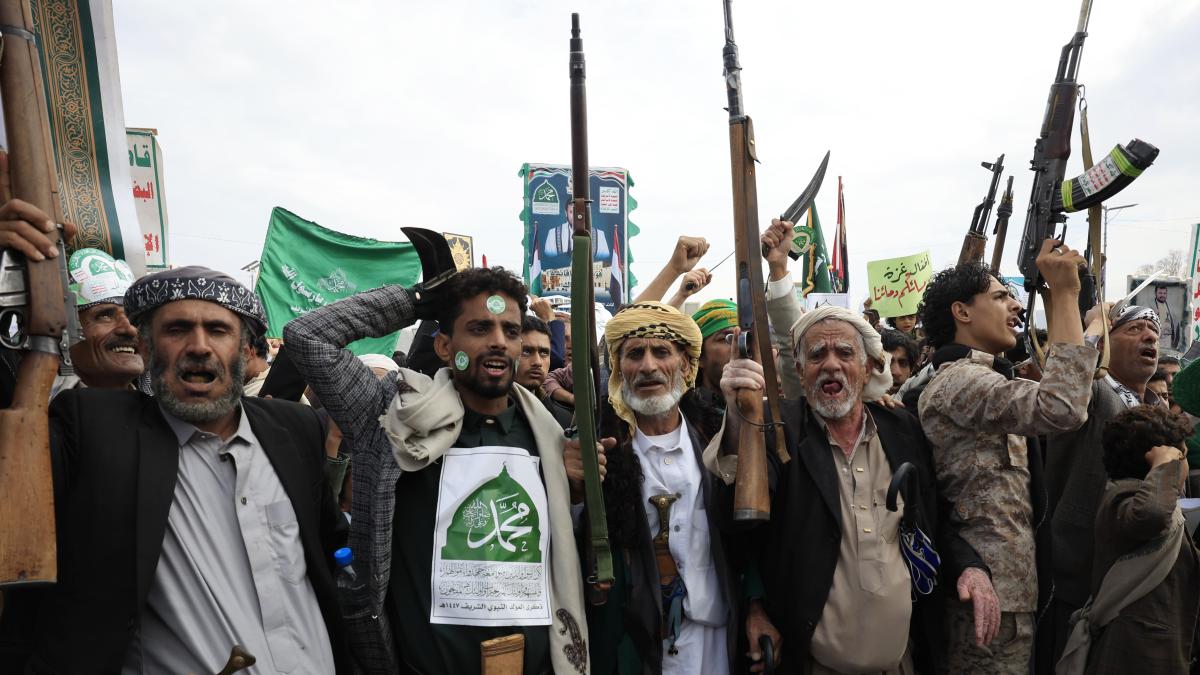Urgent Alert: Nerves and British Missiles Strike Kyiv
Alarm spread through diplomatic circles in Kyiv yesterday as the American embassy announced its sudden closure due to “specific information” indicating a “major air attack.” In a chain reaction, embassies from Spain, Italy, and Greece followed suit, while Portugal hinted at a similar fate. Only France opted for a neutral advisory to its staff. Hours later, Washington clarified that this drastic step stemmed from ongoing airstrike threats.
This wave of alarm ignited unease among Kyiv’s authorities. Was the reason legitimate? Or was this merely a product of overblown rhetoric? The Ukrainian capital boasts formidable defenses against aerial bombardments, leading the Foreign Ministry to assert: “The threat of a Russian bombing remains as pressing as it has been throughout the past 1,000 days of war.” President Volodymyr Zelensky echoed these sentiments in his evening address, decrying the “scaremongering” that only feeds into Russia’s agenda of fear. “I urge everyone to remain calm and not allow emotions to be weaponized against us,” he stated, emphasizing the need for vigilance rather than panic.
The Dark Clouds of War: Using Western Technology in Conflict
Amidst rising tensions, the Ukrainian army reportedly unleashed the British-made Storm Shadow missile against regions deep within Russian territory, namely the Kursk region. This marks an escalatory shift as Ukrainian sources hinted at a series of coordinated attacks using these cutting-edge missiles. A spokesperson for the British Prime Minister downplayed the reports, insisting on withholding comment, while Ukrainian officials themselves remained silent.
However, the implications of using Storm Shadow missiles—capable of long-range strikes with high precision—raise the stakes significantly. With each missile laden with North American technological components, one has to wonder: Is the West pulling the strings, and if so, are we inching closer to a direct confrontation?
The missile’s deployment comes on the heels of a massive escalation characterized by a flurry of attacks targeting Ukrainian energy infrastructures and other military installations—120 missiles and 90 drones launched within the span of a single weekend. Furthermore, just days ago, US President Joe Biden greenlit the use of ATACMS missiles against Russian positions, a move that could provoke a dangerous retaliatory response from Moscow. As Kyiv fights back, it seems clear that the balance of power is tipping, but at what cost?
The Chaos of Information in a War Zone
As Ukraine prepares for its counter-strike, the fog of war thickens, especially regarding the reliability of incoming intelligence and warnings. Ukrainian military intelligence expressed concerns that certain reports of an impending “massive attack” were falsely manufactured, part of an intimidation tactic to sow discord and panic within the ranks. But contradictory voices emerged—two military sources alerted Reuters that Russia was poised to launch over 300 drones and missiles from land, air, and naval assets.
Alerts blare frequently across the country, a cacophony of warnings demanding attention. Yet the challenge remains: determining where the threat lies. Information frequently emanates from unofficial channels, including various Telegram groups, where the credibility of the source is often questionable. Moreover, misinformation campaigns have sown seeds of doubt, with paranoid citizens drowning in a sea of conflicting intelligence.
Diplomatic Repercussions: Embassies on Edge
The partial closure of embassies creates an atmosphere of heightened anxiety and distrust, not just among foreign officials but also within the general populace. The actions taken by foreign embassies have irritated Kyiv’s leadership, who view such measures as alarmist, undermining the resilience they strive to demonstrate to the world. However, are the embassies overreacting? With continuous bombardments of Ukrainian infrastructure, these protective steps indicate a growing wariness on the international stage.
Caught between the urgency of heightened military action and the need for calm assurance, President Zelensky’s call for emotional resilience serves as a vital reminder. Yet one can’t help but wonder—what if the evidence of an imminent strike is legitimate? How would that bear on discussions surrounding enhanced military support and weapons deliveries?
All Eyes on the Kursk Region: The New Frontline
Confirmed or not, if Ukraine indeed engaged targets deep inside Russian territory using Storm Shadow missiles, it would represent a serious escalation in tactics. Observers note that it’s principally viewed as a “red line” by Moscow, escalating the conflict to a whole new dimension.
As the landscape of warfare evolves, the boundaries of strategic engagement are illuminated. Ukraine’s perceived ability to strike back at Russia is a potent message of defiance, but it raises pivotal questions regarding its impact on diplomatic endeavors for peace.
The UK has lent support to Ukraine, supplying munitions like the Storm Shadow cruise missiles. With the introduction of these advanced weapons into combat, a new layer of complication is woven into an already intricate tapestry of international diplomacy and military engagement.
In conclusion, as alarm bells toll across embassies and military corridors, one must grapple with the profound reality of warfare, the precarious balance of power, and often the diversion of information distilled through layers of fear and uncertainty. Ukraine’s position hangs in the balance, tethered between enduring the challenges of the present and strategizing for the future as one of the world’s most consequential conflicts rages on.

